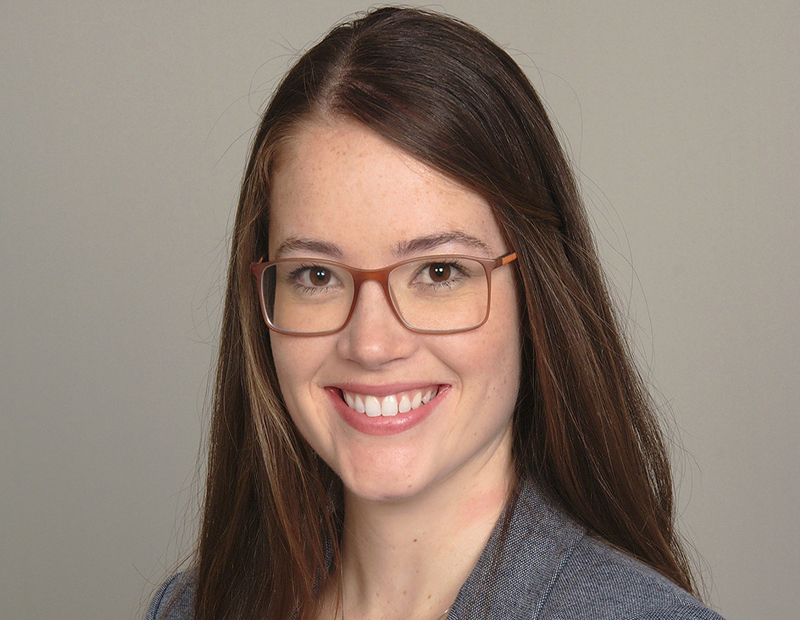Preparing for a Compound Disaster
Adding a hurricane, wildfire or data breach into the mix of a pandemic will lead to a compound disaster. Lindsay Shapiro of HUB International shares how you can prepare your business now for such an event.
Anticipating a compound disaster is the newest challenge in the COVID-19 era.
A compound disaster refers to two or more disastrous events that create additional and increasingly complex response and recovery challenges. Imagine COVID-19 plus a hurricane on the East Coast, a wildfire on the West Coast or a cyberattack anywhere in between.
Facility owners and operators are starting to take note of the potential for a compound disaster in their area and are now preparing for the risks and liabilities that come with it.
Compound disaster business considerations
There’s no playbook for how to respond to a natural disaster in the backdrop of a pandemic. One thing that is clear is that it’s never been more important than it is today to assess and adjust your facility’s preparedness plan, anticipating new ways of responding to compound events. Remote, decentralized work forces, financial constraints and supply chain disruptions are just a few important variables to consider when recalibrating preparedness planning.
Commercial facilities housing both essential and nonessential businesses will want to consider issues of supply chain, power outages and business closures due to weather. For facilities with tenant businesses who are now beginning to return to the office, face coverings, social distancing protocols and health screenings for tenants upon arrival will be critical.
During a major storm, wildfire or data breach, how will your facility respond? In what ways will your facility need to pivot? To prepare, consider the following best practices and challenges based on your facility’s location.
Identify disaster timing when possible and activate contingency plans sooner
With foreseeable events (hurricanes and wildfires), monitor and respond as soon as you have actionable information. For unforeseeable events (earthquakes and tornados), make sure you’re as prepared as possible ahead of time. Although not advisable, many have waited until the last minute to evacuate or close facilities in past years when storms or wildfires were forecast. COVID-19 is going to present new variables in disaster response not faced previously. Anticipate needing more time.
Register for notifications from additional reliable sources
Sign up for and monitor real-time alerts from federal and global agencies and authorities including the Federal Emergency Management Agency, the Centers for Disease Control and Prevention, the World Health Organization and the American Red Cross, as well as local emergency services, utilities, and local news media. Being able to closely monitor critical information from multiple sources will become increasingly critical in a compound natural disaster and pandemic response environment.
Prepare for longer disruption of essential services
Anticipate and prepare for extended downtimes and longer waits for restoration of services, as essential workers may already be working on adjusted shifts, with smaller crews, or with extended hours for COVID-19 protections. In a compound disaster situation, utility restoration services may be impacted in new ways. Ensure existing backup systems like generators are functioning properly and disaster kits are fully stocked with food, water and other recommended essentials.
Understand limitations of remediation companies
Even after the compound crisis subsides, anticipate that remediation and renovation businesses will be facing new challenges related to how they can work. Not only will they have the usual disaster-related surge in business, but they may also have pivoted during the pandemic to commercial disinfecting or office-related renovations. They may also likely be shorthanded if workers are ill or caring for their families.
Review your internal emergency communication plans
If all your tenants are working remotely, or their offices are partially open, how will your crisis management team need to communicate differently in each scenario? Ensure you have accurate primary and secondary contact information, addresses and emergency contacts for all tenants. Reassess your own emergency communications strategy, as well, to account for decentralized staff, possible absenteeism, employee illness, or those that no longer have access to childcare. Account for how work-at-home variables will affect your crisis management team’s structure and their ability to communicate during a natural disaster.
Anticipate new challenges establishing back-up office space for your own operations
In a stand-alone natural disaster scenario, you may temporarily move your operations to a safe secondary location. In a COVID-19 environment, your offices may not have been open, or only partially open, and you’ll need to consider the same social distancing requirements, personal protective equipment needs and disinfecting in a temporary location. There may also be added difficulties in identifying and securing a temporary space due to quick surges in demand.
Consider compounding supply chain disruptions
Supply chains and transportation options have already been significantly disrupted by COVID-19. An additional natural disaster will add another dimension that requires reassessment of essential processes, functions and materials. Use your original disaster plans and business continuity plans as a springboard to find potential solutions to the new challenges.
Know what your coverage includes
Talk to your broker and risk services specialist ahead of the upcoming season to find out what coverage you have, and to understand your policy limits and exclusions. Knowing what you are covered for will help you in your disaster planning and when forced to make critical decisions at the height of the compound disaster.
Staying on top of local weather reports and continuing to safeguard your facility’s network will go a long way in further preparation and prevention before a potential compound disaster.
Lindsay Shapiro is a Certified Safety Professional and serves as a risk consultant for global insurance brokerage HUB International. Shapiro’s role is to assist clients in developing and applying safety programs in support of risk management efforts and outreach. She strives to promote safety by evaluating situations for hazards with the objective of implementing safe practices.








You must be logged in to post a comment.